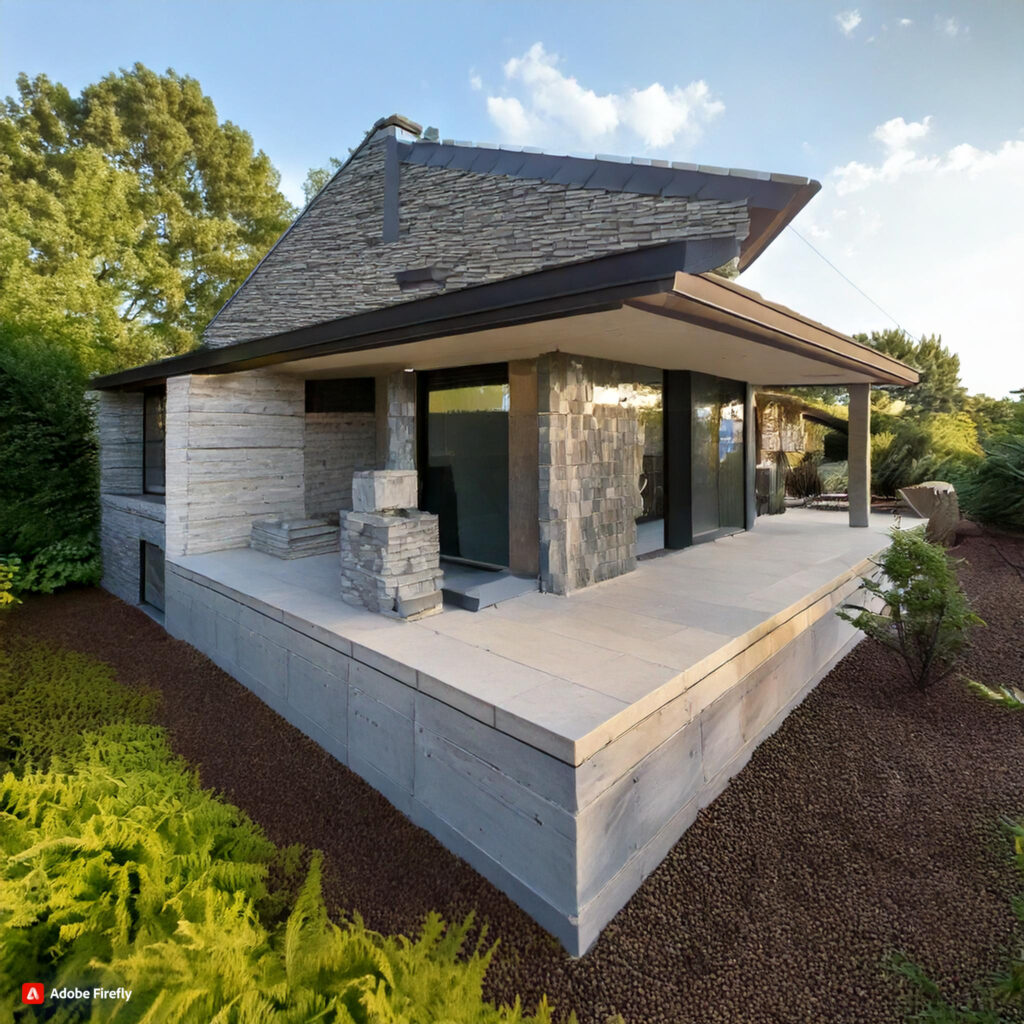In a international wherein natural screw ups are getting more and more frequent, ensuring the safety of buildings at some stage in earthquakes has grow to be a critical factor of architecture and production. Earthquake-resistant architectural techniques no longer most effective shop lives but additionally keep property and decrease monetary loss. Let’s explore the best and revolutionary techniques architects and engineers use to create resilient structures.
1. Flexible Foundations

One of the primary techniques for making homes earthquake-resistant is the usage of bendy foundations. Base isolation structures are normally employed, where a constructing is separated from its foundation by way of layers of flexible materials like rubber and metallic. These isolators absorb seismic power, allowing the shape above to stay particularly consistent even throughout strong tremors.
2. Reinforced Materials
The preference of materials performs a crucial function in earthquake-resistant structure. Reinforced concrete and metallic are extensively used because they provide both strength and flexibility. Additionally, materials like fiber-reinforced polymers (FRP) are gaining popularity for his or her lightweight and high tensile electricity, making them best for retrofitting present structures.
3. Shock Absorbers and Dampers

Just as automobiles have surprise absorbers, buildings can also use dampers to dissipate seismic strength. Tuned mass dampers (TMD) and viscous dampers are progressive solutions that lessen building sway and vibrations. These structures are specially useful in skyscrapers, wherein lateral motion all through earthquakes can be extreme.
4. Cross-Bracing and Shear Walls
Adding structural elements like cross-bracing and shear partitions strengthens a building’s ability to face up to horizontal forces. Cross-bracing includes placing diagonal helps in a constructing’s framework, at the same time as shear walls are inflexible vertical partitions that absorb and distribute seismic forces for the duration of the shape.
5. Lightweight Roofs and Upper Floors

Heavy roofs and upper flooring can exacerbate damage at some point of an earthquake. By using light-weight substances for these additives, architects can lessen the load on the constructing and its basis, reducing the threat of collapse.
6. Advanced Modeling and Simulations
Before construction starts, architects and engineers utilize superior pc simulations to model how a building will respond to seismic pastime. These simulations assist perceive capability weak points and allow for optimization of the design.
7. Modular and Prefabricated Construction

Modular construction techniques no longer only accelerate the building system but also improve earthquake resilience. Prefabricated additives are manufactured in controlled environments, making sure remarkable materials and precise assembly. This reduces the chances of structural weaknesses during earthquakes.
8. Retrofitting Existing Structures
Many older buildings had been no longer designed with seismic resistance in mind. Retrofitting includes strengthening those structures with the aid of including metal braces, shear partitions, or base isolators. This is a cost-effective manner to decorate the safety of existing homes.
9. Proper Site Selection

Choosing the right area is fundamental to earthquake-resistant layout. Avoiding construction on fault strains, soft soils, or steep slopes can significantly lessen the effect of seismic pastime. Geotechnical studies are vital to assess the stableness of the floor earlier than production.
10. Community and Government Initiatives
Finally, the success of earthquake-resistant architecture relies upon on collaboration among architects, engineers, governments, and groups. Stricter constructing codes, public awareness campaigns, and incentives for the use of seismic-resistant techniques are crucial for vast adoption.
Conclusion
Earthquake-resistant architecture isn’t always pretty much engineering; it’s approximately saving lives and ensuring the safety of groups. By combining advanced technology with thoughtful design, architects can create systems that stand resilient inside the face of nature’s maximum effective forces. As the announcing is going, “We cannot forestall earthquakes, however we are able to design and construct to face up to them.”

